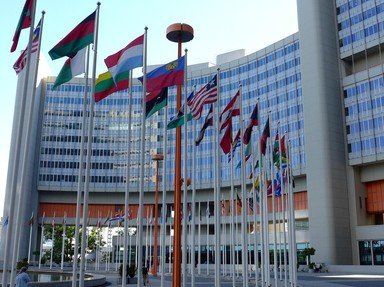
Infamy and Tyranny Trivia Quiz
This quiz features films about, or set during the time of, some of the world's worst despots. I'll give you the film title and country and you need to match the tyrannical leader who cast his shadow over the events depicted. The dictator may not appear.
A matching quiz
by rossian.
Estimated time: 3 mins.